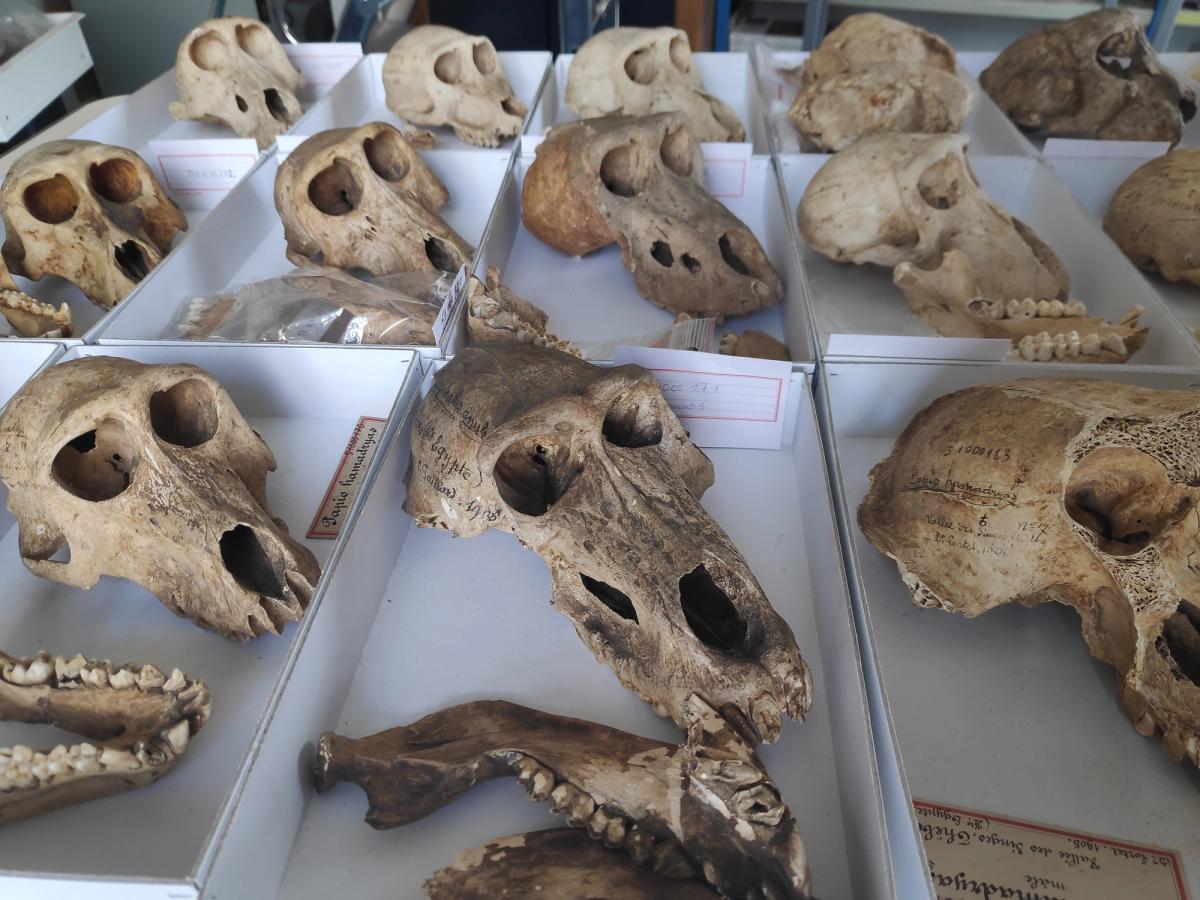Ancient Egyptian society forced captive baboons to spend their life in enclosures without sunlight before mummifying their bodies as a ritualistic offering to the gods, a new archaeological study has revealed.
An analysis of 2500-year-old baboon skeletons, found in Egypt’s so-called Valley of the Monkeys, has revealed that the animals suffered from malnutrition and a lack of sunlight, leaving them with bone deformations, though they appear not to have been treated violently.
“We were shocked by the high proportion of deformations and the severity of the pathologies, which seem to be in contradiction with the elaborate treatment the animals received after death, as mummies,” says Wim Van Neer of the Royal Belgian Institute of Natural Sciences, Belgium, and lead author of the research paper, published in the journal Plos One.
But the researchers believe that the Egyptians’ intentions were good, Van Neer said.
For centuries, the ancient Egyptians dedicated large numbers of mummified baboons as offerings to the gods at temples across the country. But because baboons weren’t native to ancient Egypt, archaeologists have long wondered where the Egyptians caught or imported them from, and how they were kept. To answer these questions, Van Neer and his colleagues examined the remains of 36 baboons excavated in 1905 at Gabbanat el-Qurud, also known as the Valley of the Monkeys, in Luxor. These are now kept in the Musée des Confluences in Lyon, France.
Using scientific techniques, including radiocarbon dating and DNA analysis, the team revealed that the baboons lived between 800 and 500 BC, and suffered from skeletal deformations, probably caused by an unbalanced diet and a shortage of Vitamin D, likely due to the absence of sunlight. This indicates that the animals were kept indoors, probably in buildings or enclosures with high walls to stop them from escaping, Van Neer says. Among the baboons studied, four appeared to have been in good health, perhaps because they had lived in captivity for only a short time, he adds.
It was not possible to say how the baboons died, but overall, they had not been treated violently, the research indicates. “There are no signs of broken bones that would suggest the animals were ill treated physically,” Van Neer says. “One exception is the swollen surface of one of the skulls showing that the animal received a blow on its head.”
When Van Neer and his colleagues compared their findings to comparable baboon mummies from the archaeological sites of Saqqara and Tuna el-Gebel, they noticed similar malformations and the same lack of evidence of trauma. Those from Tuna el-Gebel, however, showed metabolic disorders indicative of inbreeding over time, suggesting that the Egyptians found it difficult to import new baboons.
The team also made comparisons to much older baboon skeletons excavated at Hierakonpolis in southern Egypt. Dated to around 3700 BC, these baboons appear to have been kept outdoors, perhaps tied up, and the earliest among them had suffered a greater number of fractures—probably caused by beatings—than those arriving later. “This seems to suggest that with time people became more dexterous or humane in dealing with baboons,” Van Neer says.
In the future, the researchers hope to shed greater light on where the baboons originally came from, their diet, and at what ages they experienced the most stress.


